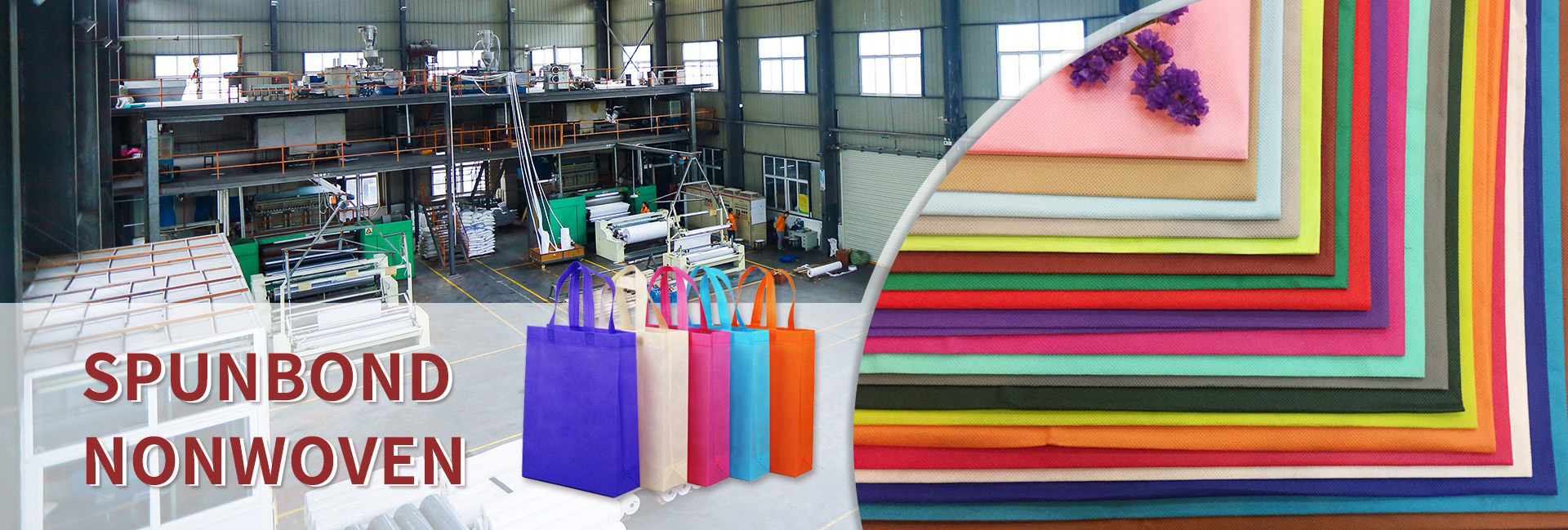The non-woven vest bag making machine is a machine used for producing non-woven vest bags. It can efficiently produce non-woven vest bags, bringing great convenience to our production and life. However, when using a non-woven vest bag making machine, we also need to pay attention to some operation and maintenance points.
Operation precautions
Preparation before operation
Before operation, please check if there are any abnormal phenomena on the machine, such as excessive stress, broken machine head, screw scratches, etc. Confirm that the power supply, gas source, and transmission components (such as chains and gears) are normal, without looseness or abnormal wear. Check whether the temperature of the heating system (heat sealing knife, cutting knife) meets the standard, and ensure that the knife mold is free of adhesive or oxidation.
Prepare materials, non-woven rolls should be aligned and rolled to avoid material deviation or wrinkling. Adjust the tension controller to ensure even tension during unwinding and rewinding (usually set according to material thickness, such as 3-5N).
Parameter settings
Adjust according to the thickness and material of the non-woven fabric (usually 130-180 ℃) to avoid excessive temperature (hot penetration) or insufficient temperature (weak sealing). If using a hot cutting knife, it needs to be adjusted synchronously (slightly lower than the heat sealing temperature); When starting, gradually adjust from low speed to normal production speed (such as 20-50 meters/minute) to avoid material breakage caused by rapid acceleration. Ensure the synchronization of unwinding, forming, heat sealing, cutting and winding (adjusted by frequency converter or servo system).
Check whether the heat sealing line is flat, without bubbles or virtual sealing, and adjust the temperature or pressure in a timely manner. Confirm the precise position of the cutting blade to avoid cutting deviation or size error of the vest bag handle. Use an automatic correction device to keep the material centered and prevent bag making from tilting. Monitor tension fluctuations to avoid material stretching deformation or uneven winding.
Shutdown operation
Before shutting down, turn off the heating system and wait for the temperature to drop below 80 ℃ before cutting off the power. Clean the residual adhesive or carbides on the heat sealing knife and cutting knife to prevent adhesion; Reset all components of the device to their initial positions and cut off the gas and power sources. Cover with a dust cover to prevent dust from entering precision components such as sensors and rails.
Maintenance precautions
Daily maintenance
Cleaning and maintenance, daily cleaning of equipment surface oil stains, debris, and dust, with a focus on cleaning heat sealing knives, cutting knives, and feeding guides. Wipe the photoelectric sensor with alcohol or specialized cleaning agent to ensure sensitivity. The non-woven vest bag making machine needs to be kept dry during daily maintenance to avoid moisture damage to the machine and its components. Moisture can cause corrosion and oxidation of internal components of the machine, affecting its service life.
Lubrication management involves adding high-temperature resistant grease (such as lithium based grease) to transmission components such as chains, gears, and bearings on a weekly basis. Check for air leaks in pneumatic components (cylinders, solenoid valves) and replace aging air pipes in a timely manner.
Regular inspection and replacement
After a period of production operation, the machine needs to undergo regular maintenance and upkeep, including cleaning the interior of the machine and replacing vulnerable parts. Regular maintenance can reduce the failure rate of machines, extend their lifespan, and maintain their stable operation. Replacement of vulnerable parts: Check the wear of the heat sealing knife and cutting knife every 1-2 months, and polish or replace the blunted or chipped edge in a timely manner. Check the tension of the conveyor belt and synchronous belt every 3 months, and replace them immediately if there are cracks or looseness.
System calibration: Calibrate temperature sensors and photoelectric correction devices monthly to ensure control accuracy. Check the resistance value of heating elements (such as heating tubes), and replace them if they generate abnormal heat.
Fault prevention
Poor sealing: Check if the temperature and pressure meet the standards, or adjust the heat sealing time; Cutting tool jamming: Clean the foreign objects in the blade groove and check if the blade mold installation is tilted; Dimensional deviation: calibrate encoder or stepper motor parameters, check if the feeding roller slips; Recording and analysis: Record daily operating parameters (temperature, speed, fault type), analyze the causes of abnormalities, and optimize processes.
Safety precautions
Operation safety: It is strictly prohibited to wear gloves when operating rotating parts, and long hair should be coiled up. The heat sealed area is hot, do not touch it directly with your hands, stop the machine and clean it again.
Emergency measures: In case of emergency, immediately press the emergency stop button, troubleshoot and restart. Regularly inspect equipment grounding and leakage protection devices to prevent the risk of electric shock.
Optimization suggestions
Automation upgrade: Install PLC control system and touch screen interface to simplify parameter adjustment process; Environmental control: Maintain stable temperature and humidity in the workshop (recommended temperature of 20-30 ℃, humidity of 50%~70%), and reduce material deformation.
In summary, the non-woven vest bag making machine needs to pay attention to many details and key points during operation and maintenance. By standardizing operation and regular maintenance, the stability, yield, and service life of non-woven vest bag making machines can be significantly improved, reducing failure rates and production costs.
Dongguan Liansheng Non woven Technology Co., Ltd. was established in May 2020. It is a large-scale non-woven fabric production enterprise integrating research and development, production, and sales. It can produce various colors of PP spunbond non-woven fabrics with a width of less than 3.2 meters from 9 grams to 300 grams.
Post time: May-04-2025

